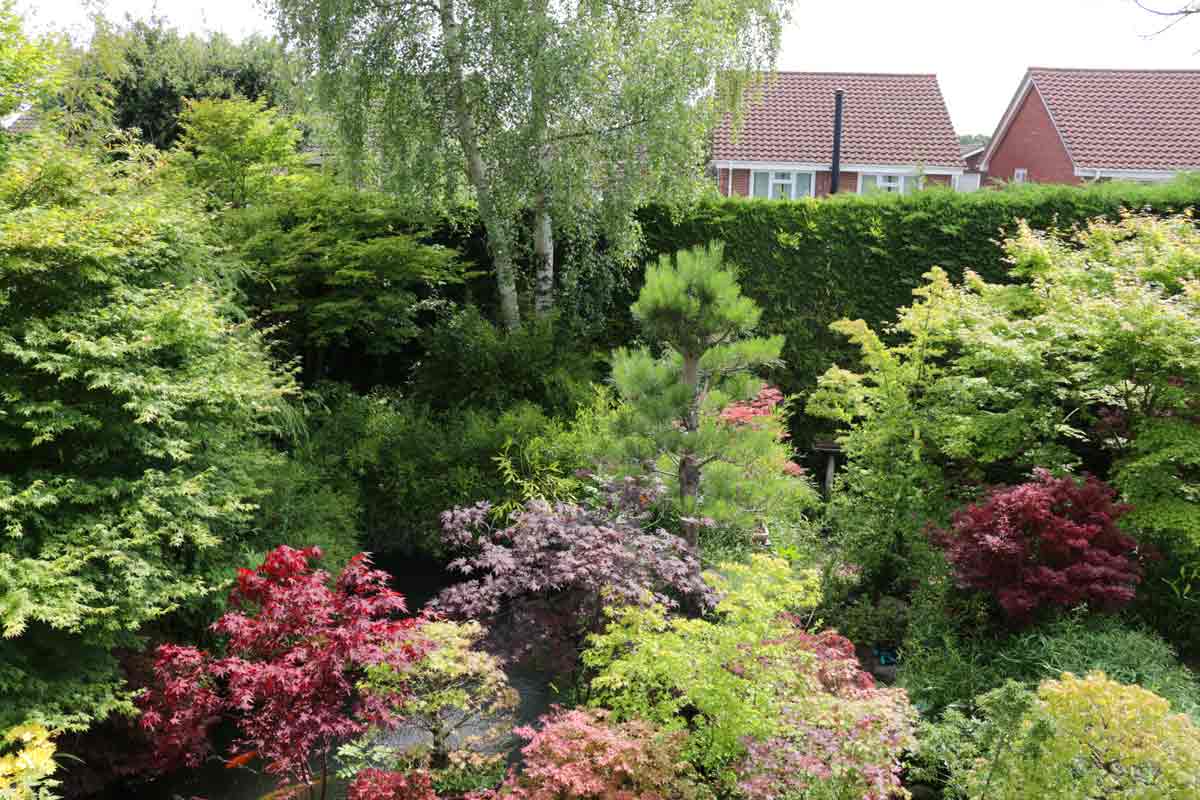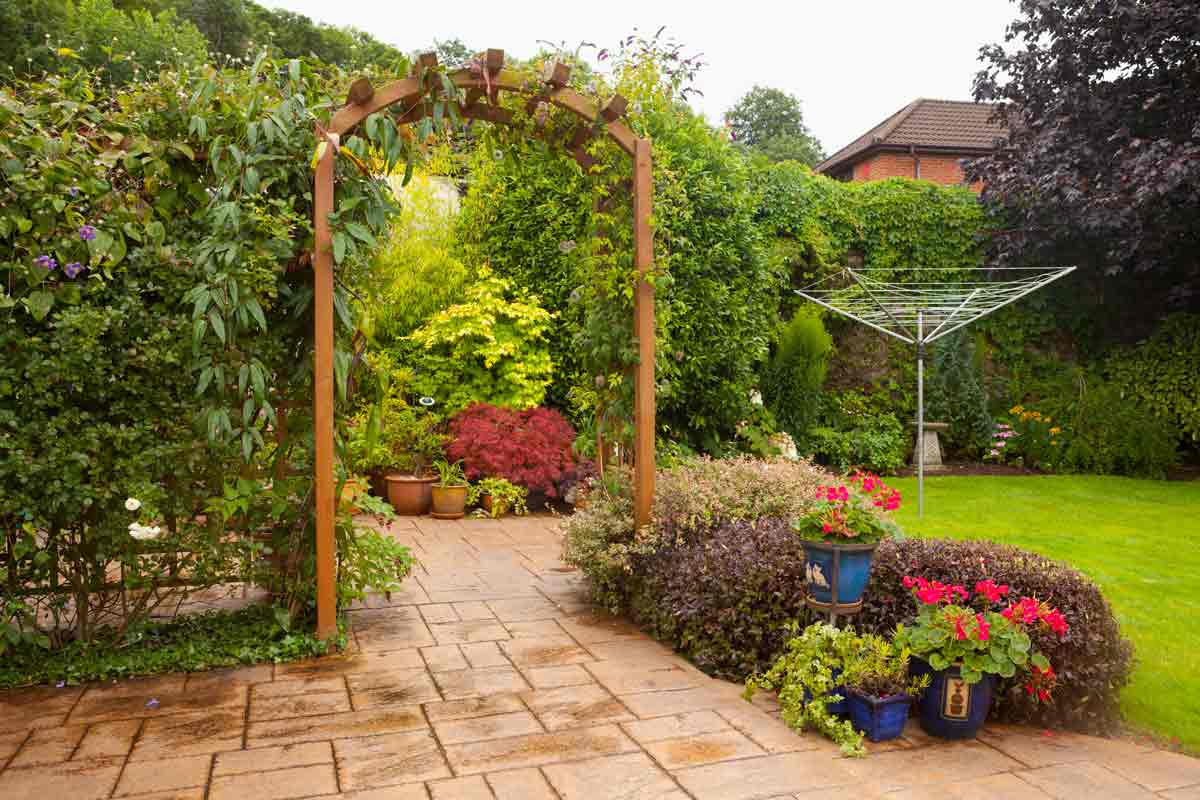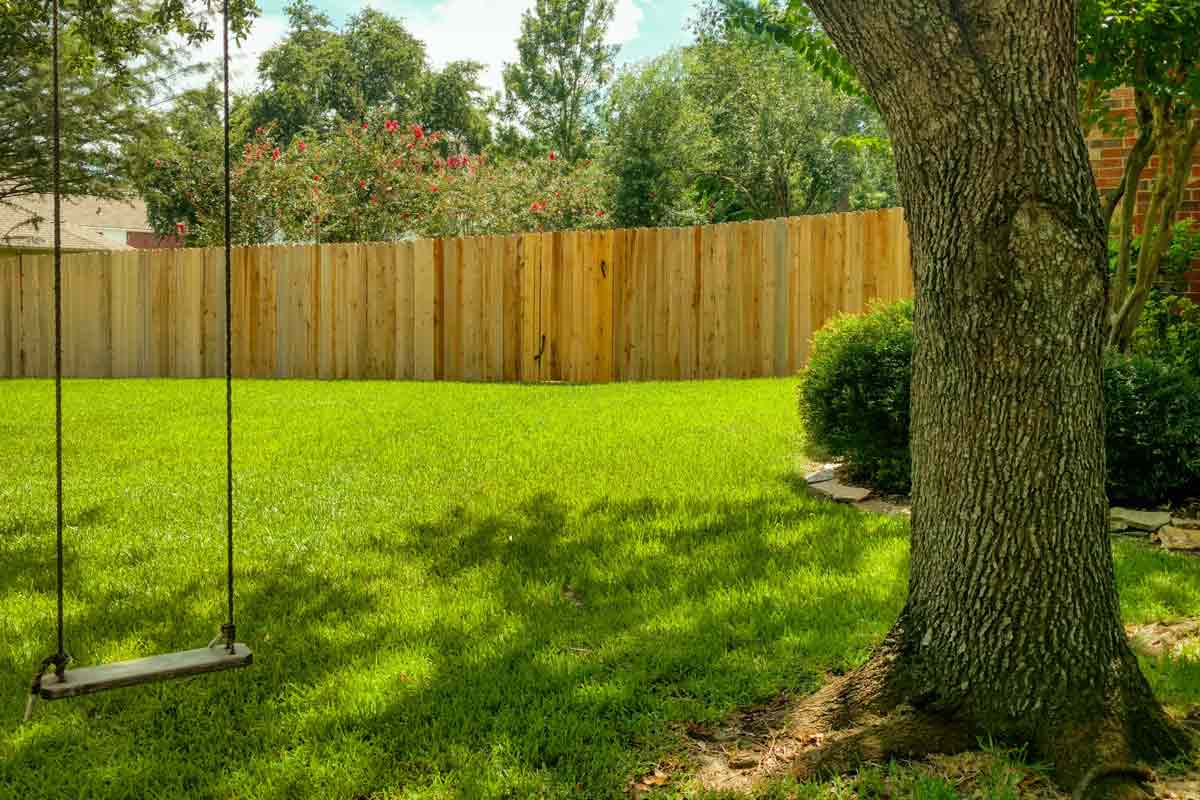Tips for Growing a Vertical Garden
Running out of space in your garden? Why not opt for a vertical garden? Here are some tips for choosing climbing plants.
Looking for some backyard privacy? Use landscaping or hardscaping to define your yard and property lines.
Narrow, fast-growing evergreens such as arborvitae or Leyland cypress planted along the border give fairly quick screening at modest expense. Mix two or three different kinds of evergreens to spread out damage risk and give some height, color, and textural variation.
Consider such options as fir, spruce, cryptomeria, and holly if you have adequate space, and evergreens such as Hinoki cypress and upright laurels, yews, and junipers.

Hedges provide a uniform, clean natural way to create a barrier between your yard and your neighbors.
Border screenings don’t have to be trimmed, upright evergreens. Especially if you don’t need year-round solid screening, plant a curving mix of tall and bushy evergreens and flowering shrubs. This approach looks more natural than a straight wall of evergreens, is more wildlife-friendly because of the diversity, hedges your bets against a pest wiping out everything, and involves little to no pruning maintenance if you space so that neighboring plants touch as they mature.
Besides the upright evergreens above, consider bushy evergreens such as blue hollies, cherry laurel, rhododendron, and goldthread falsecypress, and bushy flowering shrubs such as ninebark, panicle and oakleaf hydrangeas, viburnums, winterberry hollies, and red-twig dogwoods.

A loose mix of hedges give you a natural, wildlife-friendly way to backyard privacy that requires minimal upkeep.
The most natural-looking way to create a natural fence line is by creating a wide, mixed border layered from the tallest plants or trees at the outer edge to the shortest ones at the front of the beds. The bushes and lower plants will give you low screening, and the trees will cover up to their mature height. You’ll likely use up a bit more yard space than other options, but it’ll be beautiful, diverse, and provide you with great privacy.

A layered garden is both a beautiful and functional way to create a natural privacy fence.
This approach is a quickly installed option that can still be adorned with colorful, natural touches. Erect trellises or lattice walls, then plant vines that will quickly cover them to give a dense and colorful screen.
Annual vines such as purple hyacinth beans or scarlet runner beans can grow six feet or more by mid-summer, while clematis, climbing roses, ornamental kiwi vines, and climbing hydrangea are among the best long-term, woody-vine options. Bougainvilleas are perfect in frost-free climates.

A trellis is a privacy option that can be quickly installed, but can still incorporate natural, colorful touches.
Fencing is the quickest way to privacy. A solid fence gives instant screening, but check first to see if any deed restrictions, neighborhood bylaws, or municipal codes govern the height or type of installation. A lot of times, neighbors like the idea of a fence as much as you do, so it’s not always seen as neighbor-unfriendly. Talk it over. Neighbors sometimes even share costs.
If you don’t like the utilitarian look of fencing, you can still dress it up and make it your own! Add some small landscaping beds along your fence to beautify it. Just remember when shopping for plants - there’s a good chance they may spend a good chunk of the day in the shade depending on which direction your fence is placed. If this is the case for you, make sure that the plants you’re choosing have some level of shade tolerance.

Fencing is the quickest, most efficient way to backyard privacy.